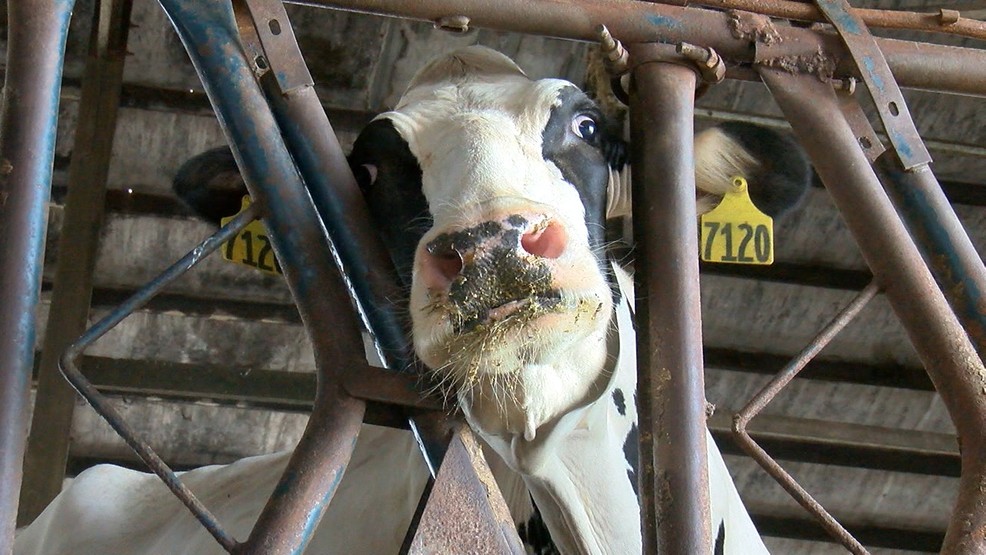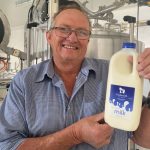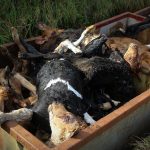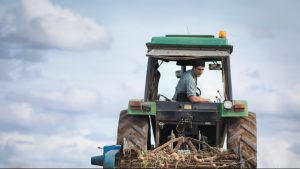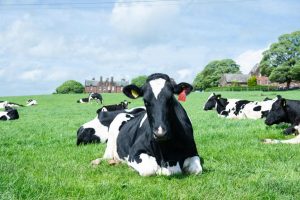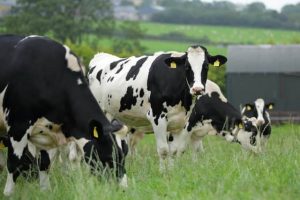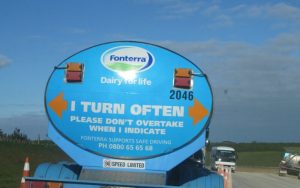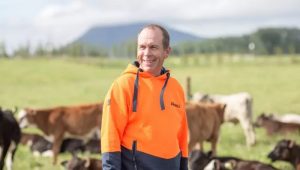
This is 1.2% (-3,800 head) less than the same period last year.
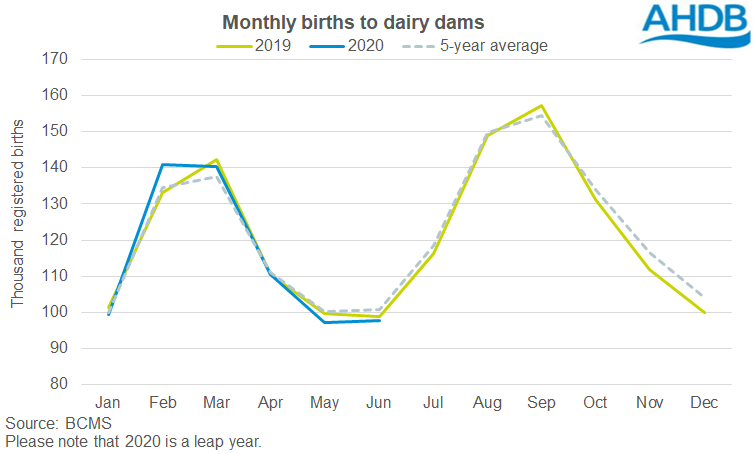
The majority of this decline was recorded in May (-2.5%), while June made up the remainder (-1.3%). This continues the trend that we have seen in recent years, with a higher proportion of calvings in Feb/Mar and Aug/Sep. This may be due to producers tightening up their calving window or a small shift away from an all-year round calving system to a block calving system.
Grass growth has been highly variable this season, which likely meant keeping cows in good condition has been more challenging, particularly in regions affected by low soil moistures. Left over forage stocks from the previous season, where available, would have likely been used as a supplementary feed when the growth fell short of requirements.
A number of producers were asked to reduce milk production in the spring due to COVID-19. Our analysis shows that there was no annual improvement in yields in May. However, this suggests that even during the drought conditions during May, cows’ condition was good enough to maintain milk yields.
